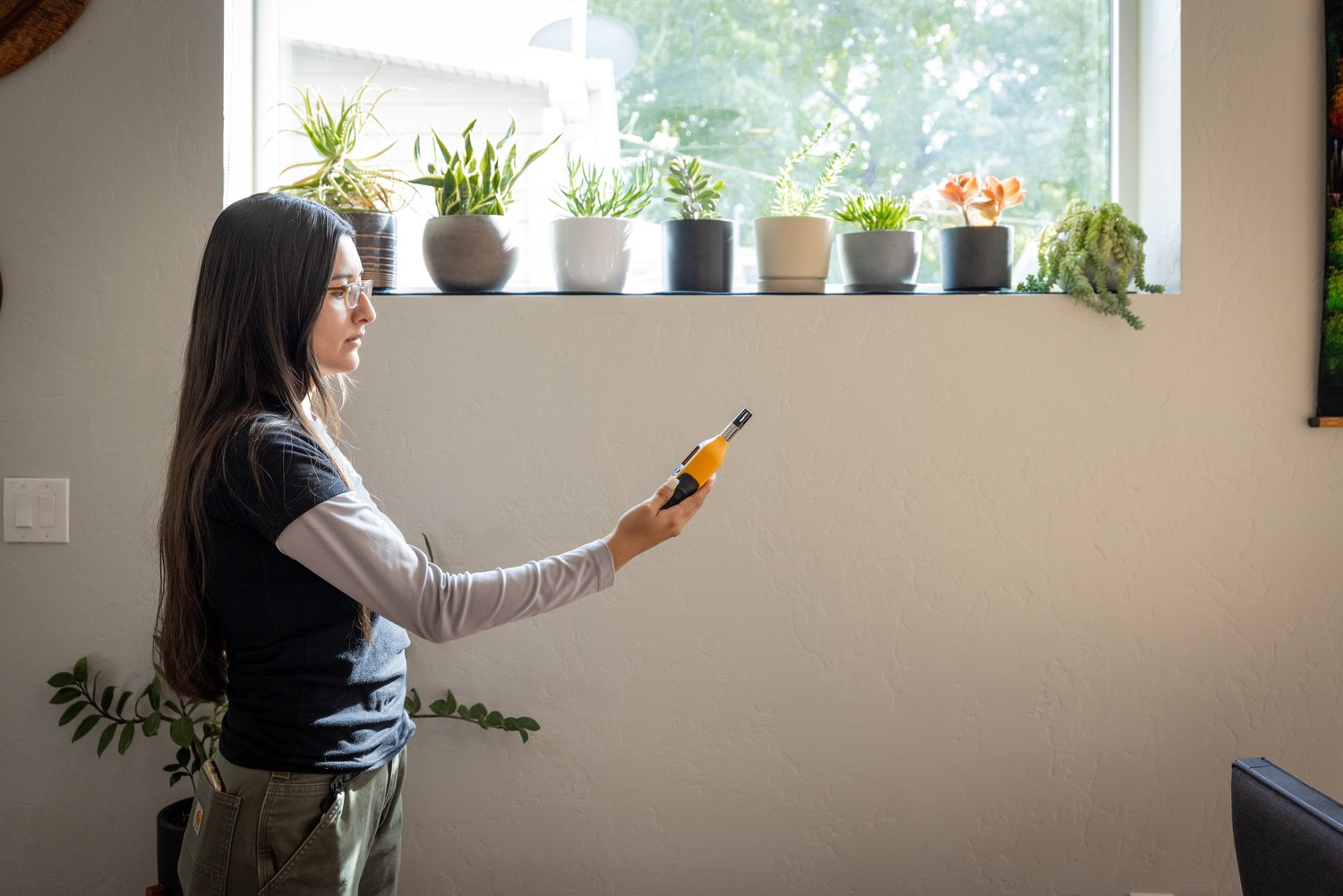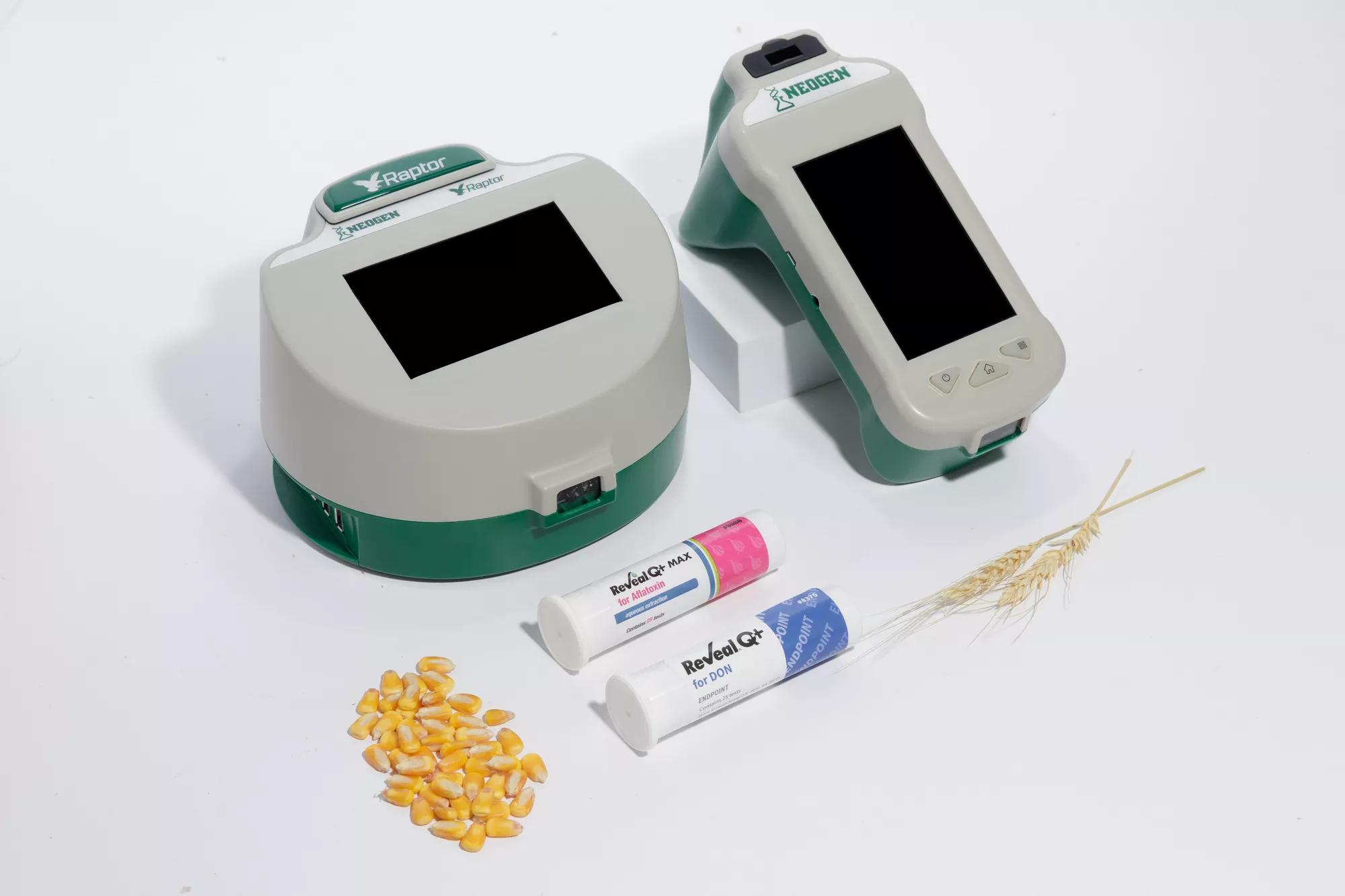Mycotoxin testing Services: A Trick Element in Risk Monitoring Techniques
Mycotoxin testing Services: A Trick Element in Risk Monitoring Techniques
Blog Article
Exactly How Mycotoxin Screening Helps Stop Contamination and Protect Food Products

Mycotoxin screening is an important practice in the food market, offering as a frontline defense against contamination by unsafe toxins created by mold and mildews. Via the application of sophisticated methods like High-Performance Fluid Chromatography (HPLC) and Fluid Chromatography-Mass Spectrometry (LC-MS), food manufacturers can accurately quantify and discover mycotoxin degrees in farming items.
Understanding Mycotoxins
Understanding mycotoxins begins with recognizing that they are harmful second metabolites generated by particular mold and mildews, which can infect farming products. These metabolites are not necessary for the development or recreation of the fungi however can have severe implications for human and animal health. Mycotoxins are commonly located in staple plants such as corn, wheat, barley, and nuts, where they can proliferate under particular conditions of moisture and temperature level.
There are numerous sorts of mycotoxins, each created by different fungal varieties. Aflatoxins, generated by Aspergillus varieties, are among the most notorious, known for their cancer causing residential properties. An additional considerable group includes ochratoxins, generated by Aspergillus and Penicillium types, which have nephrotoxic impacts. Fusarium species generate fumonisins and trichothecenes, both of which are connected with various intense and persistent health and wellness issues.

Risks of Mycotoxin Contamination
The threats of mycotoxin contamination are multifaceted, presenting substantial dangers to both food safety and public wellness. Mycotoxins, toxic substances produced by particular types of fungis, can contaminate a large range of agricultural items including grains, nuts, spices, dried fruits, and coffee.
Financial impacts are an additional major worry. Contaminated crops can cause substantial monetary losses for farmers and food manufacturers due to lowered yields and the requirement for pricey decontamination procedures. International trade can be dramatically hindered as countries apply strict mycotoxin policies to secure their populaces, leading to rejected shipments and strained trade relationships.
Ecological factors such as climate modification aggravate the risk of mycotoxin contamination. Variations in temperature level and humidity can produce favorable conditions for fungal growth, raising the likelihood of contamination events. Therefore, understanding and mitigating these risks are important for ensuring the safety and integrity of worldwide food products.
Methods of Mycotoxin Testing
Accurately recognizing mycotoxin contamination in farming items is essential for guarding public wellness and keeping food safety and security criteria. Numerous approaches are used to identify and evaluate mycotoxins, each offering specific advantages and limitations.
High-Performance Fluid Chromatography (HPLC) is a widely used approach as a result of its high sensitivity and precision. It entails dividing mycotoxins from other substances in an example, allowing precise quantification. Fluid Chromatography-Mass Spectrometry (LC-MS) integrates liquid chromatography with mass spectrometry to give in-depth molecular information, making it specifically beneficial for identifying numerous mycotoxins have a peek here at the same time.

Gas Chromatography-Mass Spectrometry (GC-MS) and Thin-Layer Chromatography (TENDER LOVING CARE) are additionally used, each with unique applications. GC-MS works for volatile mycotoxins, while tender loving care provides an easier, economical option for initial testing.
Advantages of Normal Examining
Regular testing for mycotoxins in farming items uses many benefits, considerably adding to public wellness and food safety. By identifying contamination early, regular screening aids avoid the circulation of toxic foods, thereby decreasing the danger of mycotoxin-related illnesses among consumers. This aggressive technique not only safeguards human health and wellness yet likewise boosts the total top quality of food materials.
Different countries and areas have actually established strict restrictions for mycotoxin levels in food and feed. Adhering to these restrictions through routine screening ensures that vendors and manufacturers fulfill legal requirements, thereby preventing fines and trade barriers.
In addition, regular mycotoxin screening can lead to significant economic advantages. Early discovery of contamination permits timely treatment, lowering potential losses from extensive contamination. Applying normal testing procedures can likewise decrease recall expenses and associated responsibilities, which can be monetarily devastating.
Additionally, routine screening provides valuable data that can notify much better agricultural methods and storage conditions. By comprehending patterns of contamination, producers can adopt preventive steps, thus decreasing future risks and contributing to the sustainability of the food supply chain.
Carrying Out Checking Procedures
Executing efficient mycotoxin testing protocols is crucial for guaranteeing the safety and top quality of farming products. Establishing a durable screening framework involves numerous crucial steps, starting with the recognition of prospective contamination points within the manufacturing and supply chain. This consists of pre-harvest, post-harvest, storage, and circulation phases. Each phase has to be looked at to identify where mycotoxin contamination is most likely to take place.
When vital control points are recognized, choosing appropriate screening techniques is important. Usual methods consist of enzyme-linked immunosorbent assay (ELISA), high-performance liquid chromatography (HPLC), and mass spectrometry (MS) Each approach has its weaknesses and toughness; therefore, choosing the proper one depends upon the specific mycotoxin being tested, the called for sensitivity, and offered resources.

Lastly, incorporating the testing methods into an extensive food safety and security monitoring system is recommended. This enhances traceability and makes it possible for quick corrective activities when contamination is discovered, thereby guarding the stability of the food supply chain.
Conclusion
Mycotoxin screening is crucial in protecting against contamination and securing food supplies by making it possible for very early detection of unsafe toxic substances produced by mold and mildews in agricultural items. Advanced techniques such as HPLC and LC-MS ensure compliance with safety and security policies and protect go to the website customers from health and wellness threats. Regular screening improves brand name credibility, economic stability, and rely on food safety and security by reducing contamination-related losses and keeping high standards in food manufacturing. Implementing strenuous testing procedures is hence necessary for the sector's overall wellness.
Mycotoxin screening is an important method in the food market, serving as a frontline defense against contamination by damaging toxic substances created by molds. An integrated approach involving agricultural practices, storage space management, and regular screening can alleviate the dangers connected with mycotoxin contamination, guaranteeing food safety and public health.
The threats of mycotoxin contamination are complex, presenting considerable risks to both food safety and public wellness.Normal testing for mycotoxins in agricultural items uses many benefits, considerably contributing to public wellness and food security.Mycotoxin testing is essential in protecting against contamination and securing food materials by enabling very early detection of unsafe toxic substances produced by mold and mildews in farming products.
Report this page